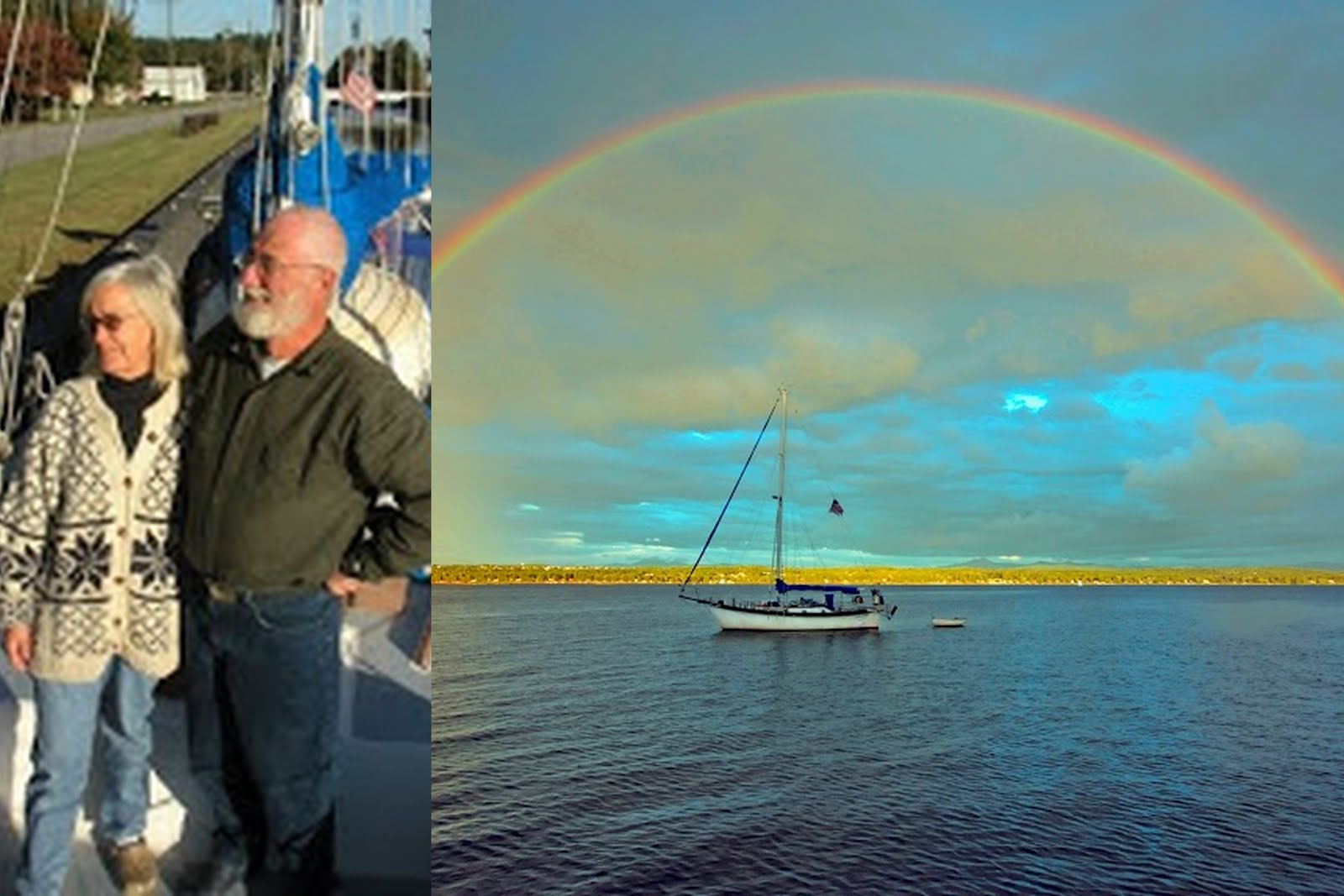Georgetown, SC
N 33 21.169 W 079 16.816
Perhaps you've heard the phrase microclimate. It refers to the special conditions one might find in a place like an indented pock on the face of a cliff. Today I'm writing about climates another order of magnitude smaller -- just an inch or a couple of centimeters in diameter. Therefore, I'm coining a new word to go with it: nanoclimate.
Here's what made me think about it. This morning, we had to turn on the heat in the boat. It was exceptionally clear last night and the temperature plunged. When I first opened the hatch and looked out this morning, the scene was beautiful. The air was still. The surface of the water was like a mirror. Beautifully, clouds of mist were rising from the warm water into the cold air all around us. Even more amazing; I could see miniature whirl winds. The mist rose up in tornado-like columns up to two feet high. Each tornado lasted only a few seconds.
I recall two other times on Sacandaga Lake being fascinated by the physics of early morning mists near the water surface. The first time, I got up and looked out to see nothing but pea soup fog. However, bending over to get a pan of water from the lake, I was amazed to see that there was a layer of clear air about 6 inches (15 cm) high above the water. I could see a clear area perhaps one square mile in extent by only 6 inches tall -- amazing. The second time, many years later, I could see the mist forming as the air rose from the lake surface. It was clear at the water surface. Mist formed about 1 inch (2 cm) above the surface, then it evaporated again 3 inches (7 cm) above the surface. Therefore, there was an extremely thin layer of visible water mist. In that thin layer I could see all sorts of slow moving horizontal air motions and vortex whorls. It was amazing.
In my professional life I was an engineer. I specialized in modeling physical processes. I would dearly love to make a detailed simulation of the nanoclimate in the first 10 cm of air above a water surface. Alas, I think I would have to learn a lot more physics an chemistry, to be able to do it.
Here's what made me think about it. This morning, we had to turn on the heat in the boat. It was exceptionally clear last night and the temperature plunged. When I first opened the hatch and looked out this morning, the scene was beautiful. The air was still. The surface of the water was like a mirror. Beautifully, clouds of mist were rising from the warm water into the cold air all around us. Even more amazing; I could see miniature whirl winds. The mist rose up in tornado-like columns up to two feet high. Each tornado lasted only a few seconds.
I recall two other times on Sacandaga Lake being fascinated by the physics of early morning mists near the water surface. The first time, I got up and looked out to see nothing but pea soup fog. However, bending over to get a pan of water from the lake, I was amazed to see that there was a layer of clear air about 6 inches (15 cm) high above the water. I could see a clear area perhaps one square mile in extent by only 6 inches tall -- amazing. The second time, many years later, I could see the mist forming as the air rose from the lake surface. It was clear at the water surface. Mist formed about 1 inch (2 cm) above the surface, then it evaporated again 3 inches (7 cm) above the surface. Therefore, there was an extremely thin layer of visible water mist. In that thin layer I could see all sorts of slow moving horizontal air motions and vortex whorls. It was amazing.
In my professional life I was an engineer. I specialized in modeling physical processes. I would dearly love to make a detailed simulation of the nanoclimate in the first 10 cm of air above a water surface. Alas, I think I would have to learn a lot more physics an chemistry, to be able to do it.





Dick,
ReplyDeleteA suggestion.
When filming something you want us to see, DON'T keep panning the camera.
Bill Kelleher